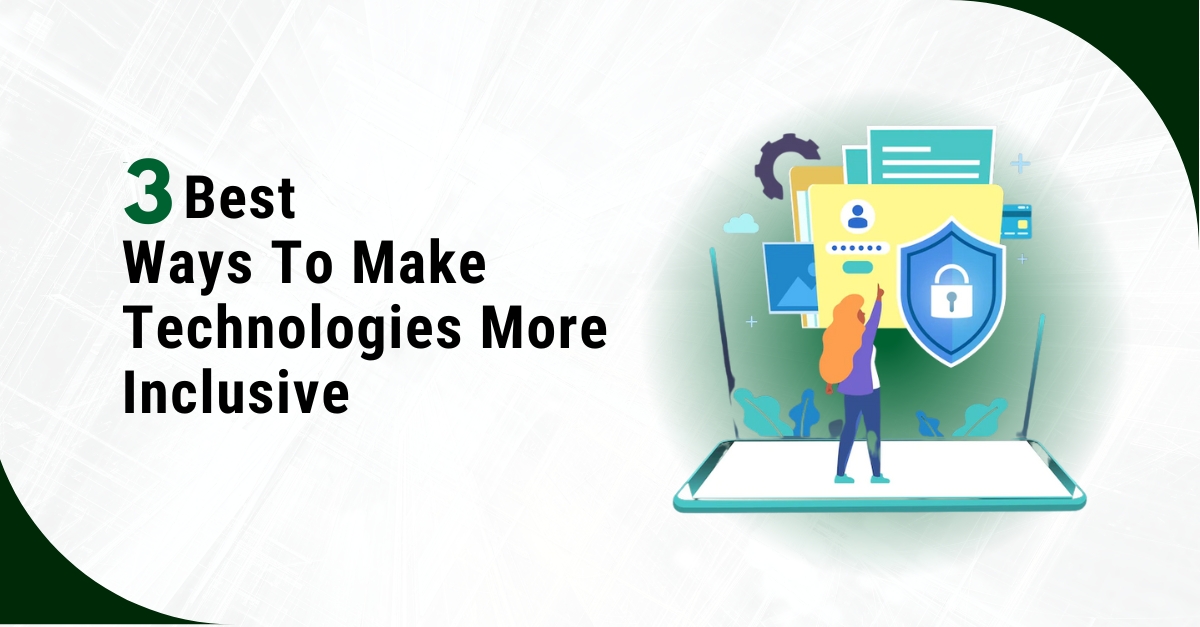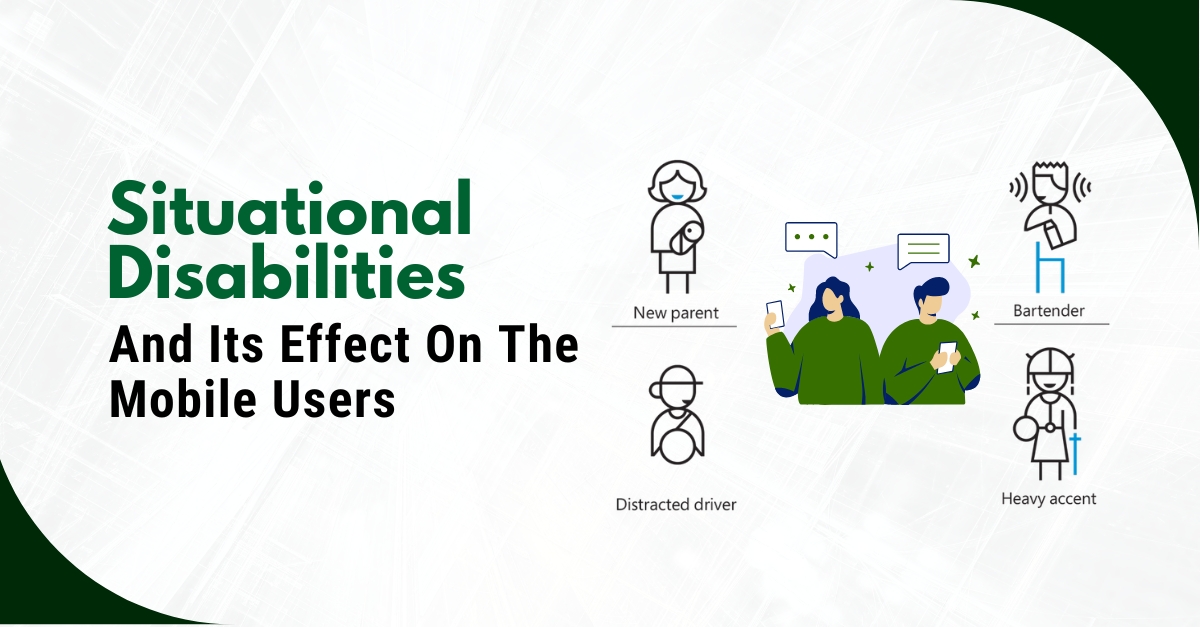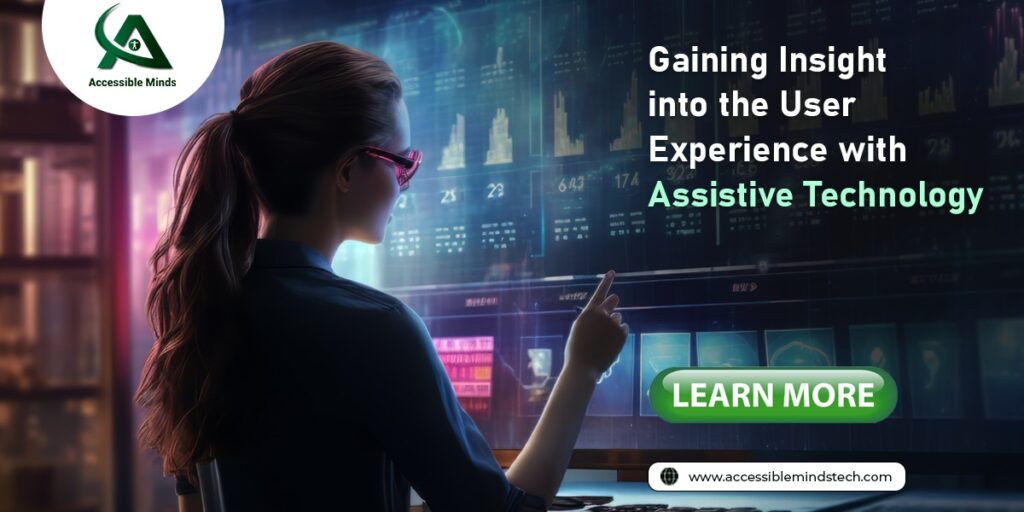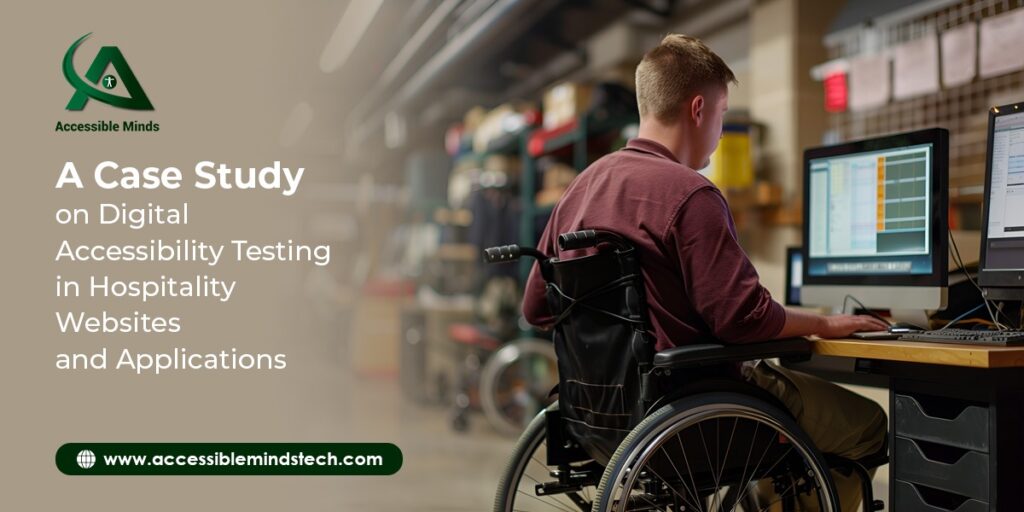Introduction
In today’s digital age, accessible documents are crucial for guaranteeing that everyone, regardless of disability, can access and consume information. The good news is that technology is evolving at an unparalleled rate, making it easier to make accessible documents. In this post, we will look at some of the new trends and technologies that are shaping the future of document accessibility services.
Machine Learning and Artificial Intelligence
Artificial intelligence and machine learning are prominent subjects in the computer world, and they are transforming document accessibility. AI and machine learning are being utilized to improve accessibility, which will make a significant difference in the lives of individuals with impairments. AI-powered document accessibility solutions can discover and offer changes to accessibility issues automatically. Large datasets can be analyzed by ML to detect trends and build accessible templates.
An AI-powered document accessibility tool, for example, may evaluate a document and convert it to several formats, such as audio, Braille, and large print, making it accessible to persons with various disabilities. These technologies save time and effort by making it easier to develop and distribute accessible documents, making the world a more accessible place for all.
Web Accessibility
Web accessibility is gaining traction in today’s digital world and is critical for document accessibility. The Web Content Accessibility Guidelines (WCAG) provide a thorough framework for creating accessible web content. The cornerstones of WCAG are the principles of perceivability, operability, understandability, and robustness. Furthermore, accessible websites include a variety of capabilities such as keyboard navigation, text-to-speech, and video captioning. Creating accessible web content is critical to ensuring that information is available to everybody online.
Mobile Accessibility
Mobile gadgets have become an integral part of our daily lives as their use has increased. As a result, organizations must carefully consider ADA (Americans with Disabilities Act) compliance across all mobile platforms. Because of the increasing popularity of mobile devices, numerous accessibility features such as text-to-speech, speech-to-text, and picture recognition have become widely used. Furthermore, mobile devices interact smoothly with other assistive technology such as screen readers and Braille displays, making them an important tool for creating accessible documents.
Blockchain Technology
Blockchain technology has the potential to improve digital accessibility in a variety of ways. It provides a visible and irreversible ledger of transactions, ensuring that all users have access to content and services. It also makes it easier to create and distribute accessible material via decentralized content distribution networks, which is especially significant for users with impairments. Furthermore, blockchain facilitates the creation of new accessibility technologies and services by providing a safe and decentralized platform for cooperation and innovation. As a result, it represents a tremendous opportunity for businesses and organizations to improve their digital accessibility initiatives and ensure that all users can access their digital information and services.
Virtual Reality (VR)
Virtual reality (VR) is a new technology that is changing the way people interact with information. Virtual reality devices and software can provide immersive experiences for people with disabilities, making physical places more accessible by incorporating virtual features. For example, those with mobility disabilities can use VR to recreate real-world experiences.
Voice Recognition Software
Voice recognition technology, also known as speech recognition, can be an effective technique for increasing digital accessibility for people with disabilities. Providing an alternative form of input can help folks who struggle with typical input devices like keyboards and mouse. People with physical or motor limitations, as well as those with vision or reading issues, can benefit from this technology. Furthermore, it can improve digital content accessibility by giving an alternative method of accessing and engaging with webpages, applications, and other digital media. Overall, adding speech recognition technology into digital products and services has the potential to dramatically improve accessibility and inclusivity, encouraging equitable access to information and opportunities for all users.
Design that is inclusive
Inclusive design is a method of producing products and services that are accessible and usable by as many people as possible, regardless of their ability. In the digital realm, inclusive design can aid in making websites, applications, and other digital products accessible to people with a variety of disabilities, such as visual, auditory, cognitive, and physical impairments. Designers may create interfaces and content that are more intuitive, easier to use, and effective for all users by considering the needs of people with disabilities from the start. This can not only increase digital products’ accessibility, but also their overall usefulness and user experience.
Increased Use of Cloud Document Management
The use of cloud document management can greatly improve digital accessibility. This is because documents stored in the cloud may be viewed from any device with an internet connection, giving those with disabilities who may require specific software or assistive technology greater flexibility and simplicity of use. Furthermore, cloud document management systems frequently integrate accessibility tools like text-to-speech and screen reader capabilities, which make it easier for users with impairments to read and interact with documents. In summary, cloud document management may considerably increase digital accessibility by boosting document accessibility and usability, making them more broadly available and user-friendly for all persons, regardless of ability.
Conclusion
Digital technology is evolving at a rapid pace, changing how we connect with the world as well as generate and distribute accessible materials. AI-powered accessibility, smartphone accessibility, web accessibility, virtual reality, blockchain technology, and voice recognition are all transforming how individuals with disabilities engage with the world. Today’s digital technology is focused on making more things available to more people. Everyone can reap the benefits of digitally accessible technology with better design and inclusive interfaces.







